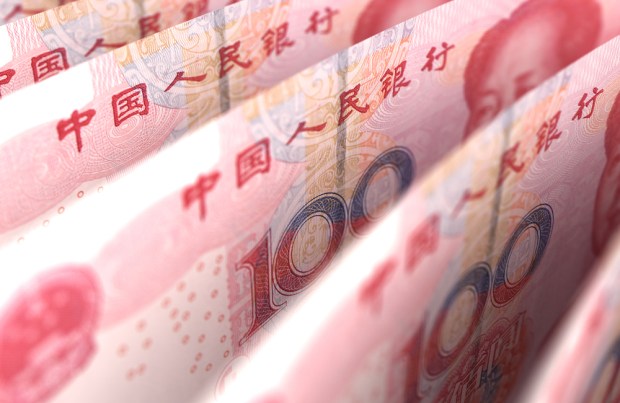China’s Mid-Sized Banks Take Shadow Lending Lead

China has worked to curb the rise of so-called “shadow banking” in an effort to stave off risky borrowing, but government efforts aren’t making headway in all areas of the market.
Reports late last week said the nation’s mid-sized lenders continue to push into the shadow lending segment. Listed as “debt securities classified as receivables,” these shadow loans grew to $1.6 trillion in value as of the end of June, according to data from 25 listed Chinese banks. The information was aggregated by Bloomberg from the banks’ H1 2016 earnings statements, and reports said that that category of debt is the best representation of the banks’ participation in the shadow lending market.
Earlier this year the China Banking Regulatory Commission (CBRC) introduced legislation to gain control of shadow lending practices. Most recently, the CBRC announced a cap for consumers and small business borrowers of such loan products as part of that effort.
But reports said the latest data suggests regulatory efforts to stifle shadow lending’s growth can go only so far. Five out of eight mid-sized lenders analyzed by Bloomberg saw their volumes of these investment receivables grow in the second quarter of this year.
The outlet labeled mid-sized lenders as “some of the most aggressive shadow-banking lenders” in the country.
Huaxia Bank Co. saw the greatest increase in investment receivables, which increased on the books by 124 percent in the first half of the year. China Minsheng Banking Corp., meanwhile, saw a 77 percent increase in this debt category.
Chinese officials may not be blind to the limits of their efforts to curb shadow banking. Earlier this year, reports said the CBRC had begun to examine the issue from a different angle, warning financial institutions not to invest in credit beneficiary rights, which often take the form of corporate loans and, according to reports, are oftentimes already nonperforming.
Banks can write off sales of credit beneficiary rights as an investment receivable.
